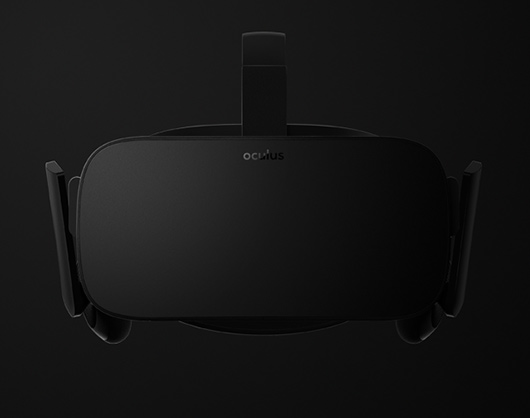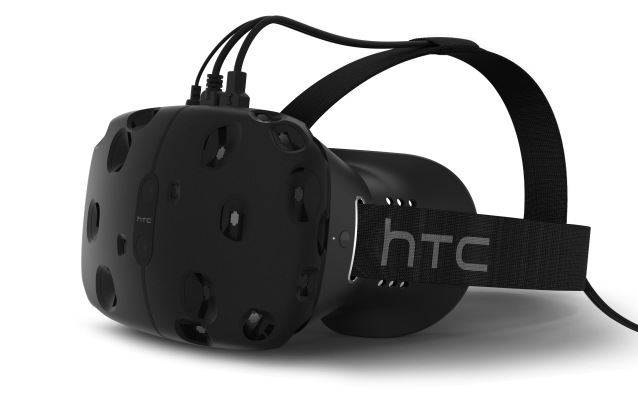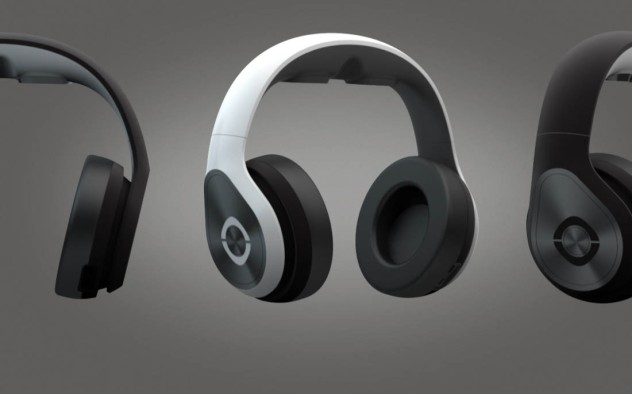There is currently a lot of hype surrounding Virtual Reality headsets in the Gaming market, and with the market predicted to be worth $1.06 Billion by 2018, I thought it was about time that we take a look at some of these headsets and see the to whom they appeal and what they bring to the Virtual table.
– The Oculus Rift
Let’s start our surveying by taking a look at probably the most famous headset of them all. The Rift was launched in August of 2012 via a Kickstarter program that reached its goal within 24 hours. The money continued to pour in, until finally a total of $2,437,429 had been raised. Here, we won’t be focusing on the development kits for the Oculus, instead we’ll be looking towards the final product that’s due to ship Q1 2016. Here are the specifications:
– Specifications
- Resolution: 960×1080
- Screen: 5.7″ OLED (this is the current spec and may change)
- Refresh rate: 75 Hz, 72 Hz, 60 Hz
- Field of view: 100 degrees
- Sensors: Accelerometer, Gyroscope, Magnetometer
- Connection: HDMI, USB 2.0, USB 3.0
Power for the Rift comes from the USB cables that will be dangling from your head when trying to immerse yourself in gameplay. However it isn’t all that bad and I can’t hassle Oculus for not having a wireless headset as a large majority of the ones available and upcoming will not be. Overall the screen resolution is standard enough and the screen is a decent size. However currently no micro mirror array is featured on the spec sheet. These have been observed to reduce both Motion sickness and eye fatigue when using a VR headset. In a recent post Oculus announced that they are suspending both the Mac and Linux development for the Oculus Rift to ensure that their PC launch is as smooth as possible, so, sorry you guys!
– The HTC Vive
This joint project between Valve and HTC was unveiled earlier this year ahead of GDC (Game Developers Conference). However unlike the Oculus it will be launching later this year with Developers already being allowed access to the hardware. The specifications for the HTC Vive can be seen below.
– Specifications
- Resolution: 1200×1080
- Screen size: TBC
- Refresh rate: 90Hz
- Field of view: TBC
- Sensors: Accelerometer, Gyrosensor, laser position sensor
- Connection: HDMI, USB 2.0, USB 3.0
Again unlike the Oculus, the Vive features a laser position sensor to make use of Lightroom. Lightroom is a motion tracking technology that uses lasers to track the VR headset and reproduce the person’s movements within the game with accuracy. The headset will be compatible with the Steam Controller which is also set to launch later this year. Similarly to the Oculus however it has three outputs for display and power.
– The Avegant Glyph
One headset that you may not of heard off is the Avegant Glyph. This little number is being produced by Avegant and is currently in the Product Development stage with a launch time slated for 2015. The specifications can be seen below.
– Specifications
- Resolution: 1280×720 (for each eyeball)
- Screen size: TBC
- Refresh rate: 120Hz
- Field of view: 45° diagonal FOV
- Sensors: TBC
- Connection: HDMI, Micro USB, Bluetooth or 3.5mm jack for audio.
This headset is very different in a lot of positive ways. Firstly it feature a rechargeable battery the Avegant claim will last for 3 hours of video and 48 hours of audio. This may prove to be a key selling point as it allow the user to take it on the go. Secondly is the audio. The headset can be used as a pair of regular headphones and you won’t look super geaky. Then the band at the top can be pulled down to reveal the two eye pieces through which you can experience Virtual Reality. Thirdly, the audio headset can be connected to your phone via Bluetooth. This means that you can be totally wireless with your battery and Bluetooth combination. Even when connected to wires all you require is a HDMI for video and Micro USB for power, and optionally you can have the 3.5mm jack for audio. Fourthly, this headset features a micro monitor to reduce motion sickness and eye fatigue as previously mentioned.
It seems that Avegant are trying to appeal to a wide a market as possible, ranging from phones to computers to those who feel sick when using a VR headset, and with a launch set for sometime in 2015, it may well be the Oculus killer.
– Conclusion
I’m not a betting man, but if I was I’d place money on Avegant’s Glyph being being better than the Oculus Rift in a number of ways. Firstly there is the no wireless option with the Oculus, which rules out a huge majority of the mobile market. Secondly is the audio option, the Glyph is the only headset out of the three that features audio which I find fascinating. I do not believe that the Vive will be a contender for Oculus’ crown as I believe that it is being crafted for a separate market. By including a laser sensor the Vive has unlocked Lightroom which will allow a user to immerse their entire body movement into the game, rather than just the movement of their head.
Let me know what you think about each of the three headsets and don’t hesitate to nominate some others that I haven’t featured here.



